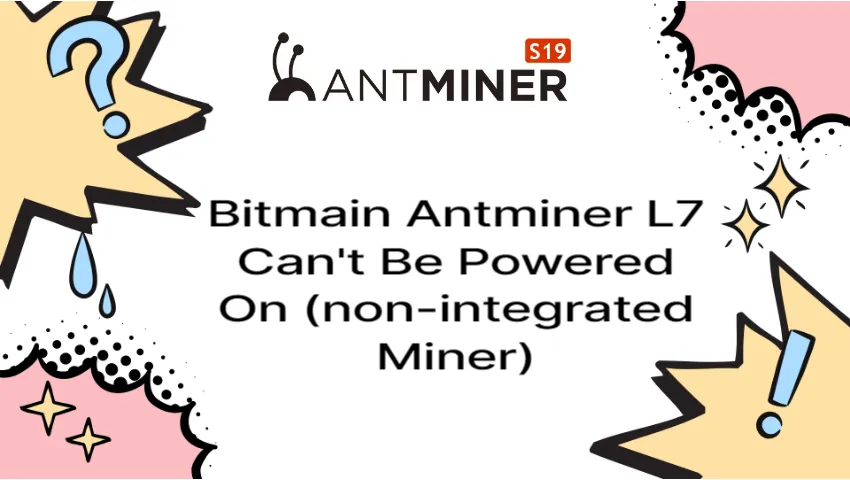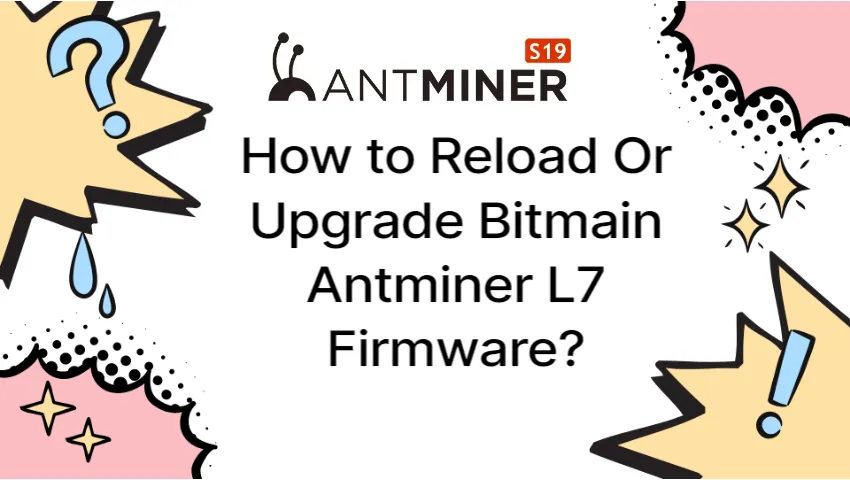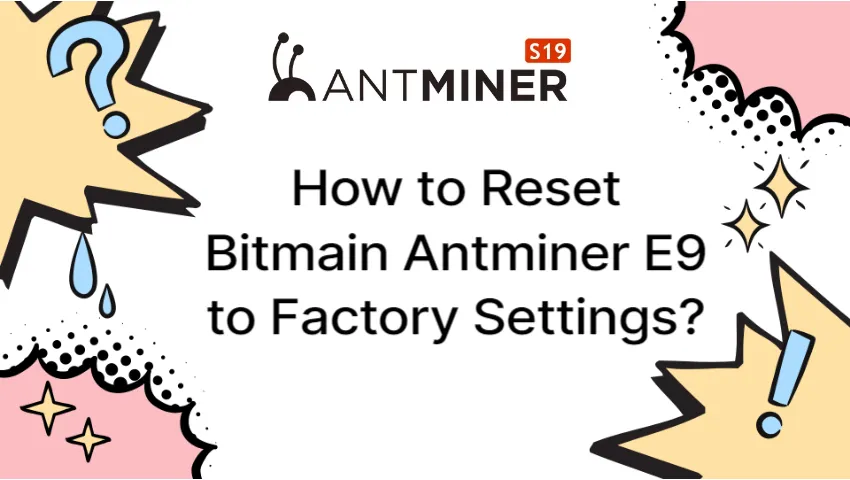This guide will give the reasons and solutions for Bitmain Antminer L7 abnormal performance like insufficient hashrate, fewer hash boards and chip loss.
Abnormal performance
- Insufficient hashrate
- Fewer hash boards
- Chip loss
Also read: The Bitmain Antminer L7 is Unstable
Reasons and solutions
- lackluster hashrate Less working hashrate than the target hashrate is typically caused by network instability, network packet loss, unstable mining pool connection, and high rejection rate, all of which will affect working hashrate. The local area network of the mining site must be checked in the first place to get rid of unstable elements. Typically, the issue is with the network equipment itself or the network cable’s virtual connection. You can either find a network administrator to help with the investigation or change the network cable. Second, network operators could be the root of some issues. Due to the demands that miners place on the network’s upstream and downstream, a dedicated line must ensure that both are equal. Additionally, a 4G card is not advised. The signal strength and network quality are directly correlated; a weak signal will have an adverse effect on the network and lower hashrate as a result.
- interference or a weak power source. The grounding resistance should typically be less than 4 ohms, the network must be shielded, and outlets and shelves must be securely grounded. The power supply must be changed if it is unstable.
- the cable’s anomaly Due to movement or vibration, the cable is either loose or broken. Reinstalling the cable will tighten up any loose connections. Replace the damaged cable if necessary.
- They are all regarded as damaged hash boards and are almost certainly in need of repair if the hash board is missing or the chip is insufficient.



